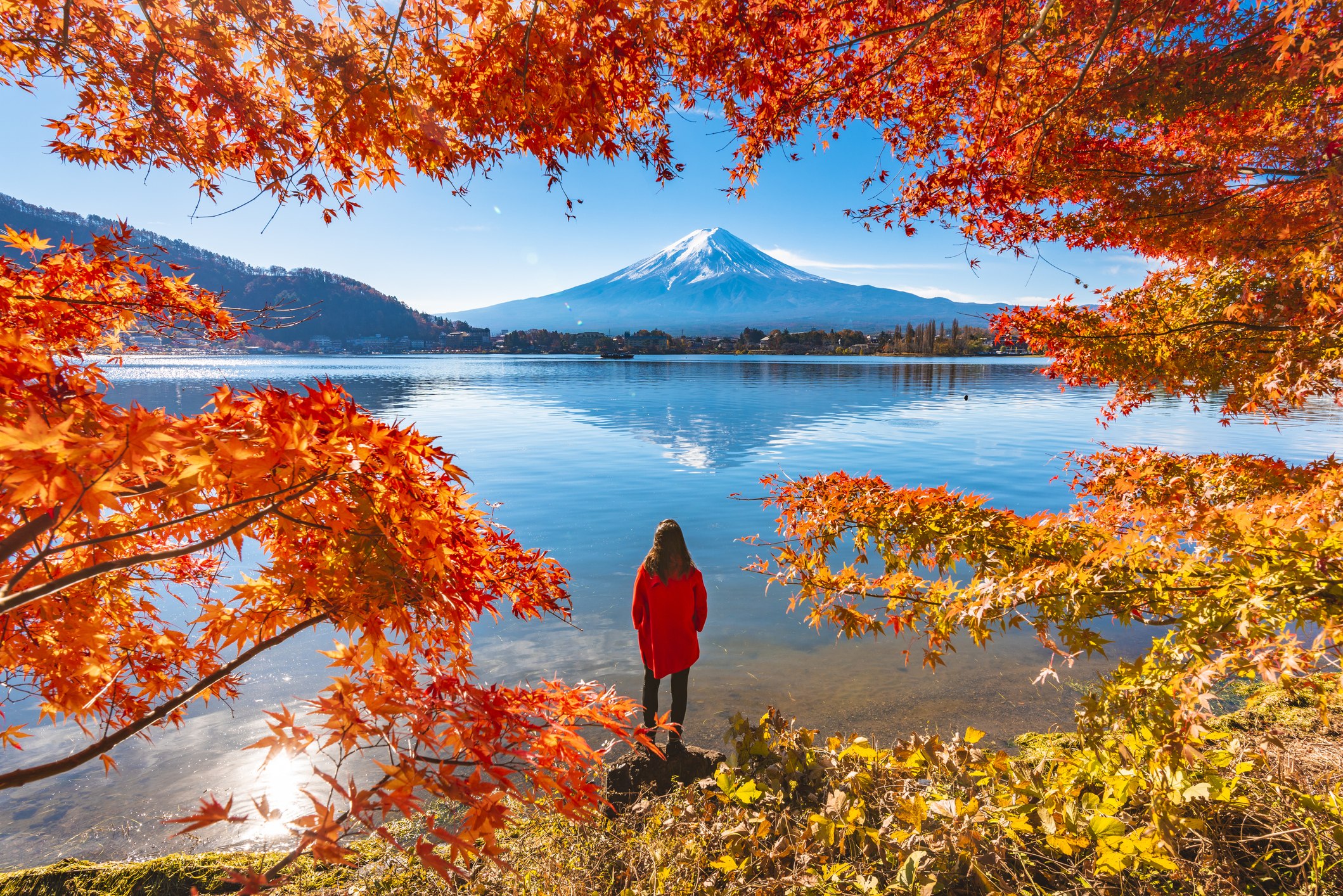Reading time: 5 minutes

What are the peak periods?
Japan's peak season is in April, May and August. Japan experiences spring weather in March and is typically a warm and comfortable 13 degrees Celsius during the day, dipping to five degrees during the mornings and evenings. Once April and May roll around, afternoon temperatures reach about 18.5 degrees and evenings get to around 10.5 degrees. This is when cherry blossom season is at its peak. August gets hot and humid but is still good for travelling.
What is the weather like throughout the year?
Japan has a third season, the shoulder season, and it is considered their rainy period. It spans from June and July, and September through December. During this time (especially in September) it is typical to expect typhoons. Despite it being rainy, tourists still enjoy November, as the fall produces stunning foliage.
The low season lasts from January to March. Because of the colder temperatures (5 degrees), there are a lot less tourists in the country, unless they are hitting the ski slopes.
Getting around
What is the most cost effective way to get around?
Japan's larger cities are well equipped with subways tram lines, buses and taxis. These are your more cost effective modes of transportation that the locals rely on daily as well. Be aware however, that unless you are travelling in a major city like Tokyo, the stops are announced in Japanese.
To use public transportation, purchase an IC card, aka Japan's prepaid travel card. This will get you on subways, trams and buses in the greater metro areas. To note, each region has its own card but they can be used interchangeably with the exception of being used for intercity travel. The card typically costs around ¥500.
The most convenient form of public transportation is the train or subway. It is fast and efficient and stops/lines provide an English translation. Tickets can be purchased at station windows or you can use your IC card.
The buses in Japan typically have a flat fare, paying up front or scanning your IC card if you are in a major city. Travelling out of the city is a little more confusing as the rural areas load passengers from the back. You pick up a paper ticket indicating a zone and then once you get off, you match your zone number to the sign in the front of the bus and pay your fare accordingly.
When travelling around the rest of the country, the train is the best form of transport. The smaller cities are not impossible to navigate however - these have tram lines that typically offer unlimited-travel day tickets.